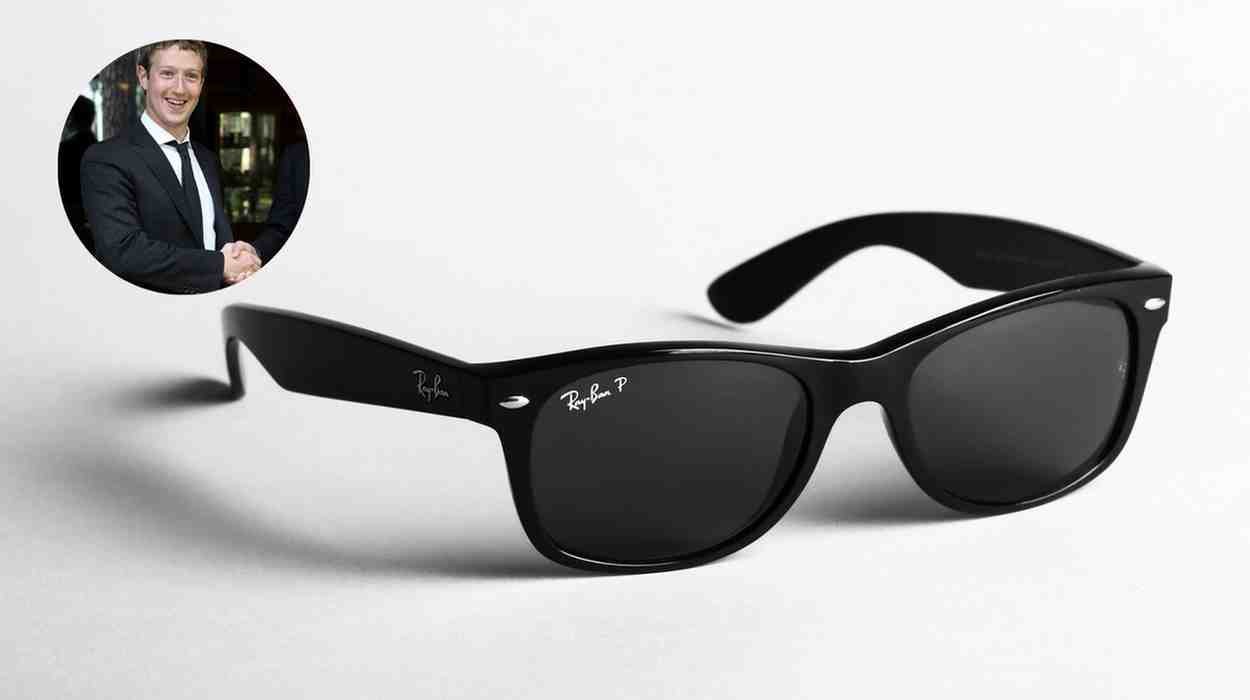1. Meta’s Bold Leap into Wearable AI
Meta has just raised the stakes in wearable tech. At Meta Connect, a new range of AI-powered smart glasses was revealed—partnering with Ray-Ban and Oakley. These aren’t just fashion accessories; they’re designed to embed Meta AI directly into daily life, reducing dependence on phones. The suggested tagline: “information without distraction.” For Meta, smart glasses could soon be as transformative as smartphones.
2. Feature Spotlight — Ray-Ban Display
The Ray-Ban Display takes center stage in this launch. Highlights include:
A full-colour, high-resolution screen inside one lens for video calls and messages.
A 12-megapixel camera built in.
Support for live captions and real-time translation—transcripts saved in the Meta AI app.
Controls via a neural wristband using small hand gestures (e.g., tapping fingers).
Battery life rated at about six hours, with the charging case adding an extra 30 hours.
At $799, these sit at the high end of Meta’s smart glasses line. The promise: seamless integration of digital tasks—messages, navigation—without pulling out a phone.
3. Ray-Ban Meta Gen 2 & Oakley Vanguard — Purpose-Driven Designs
Beyond the Display model, two other launches diversify the lineup:
Ray-Ban Meta Gen 2 ($379):
• Better colour reproduction and visuals than previous versions.
• Up to eight hours battery; case extends that by ~48 hours.
• 3K video recording, with slow-motion and hyperlapse features planned.
• “Conversation focus” mode using open-ear speakers, to help hear clearly in noisy settings.Oakley Vanguard ($499):
• Intended for sports and outdoor use.
• Larger speakers, water and dust resistance.
• Nine-hour battery life.
• Wide-view camera, tightly integrated with fitness platforms like Strava and Garmin.
• Meta AI helps with workout summaries and performance tracking.
Together, these models aim to cover everyday use, communication, and active lifestyles.
4. Challenges Ahead — Price, Adoption & Expectations
Several hurdles could shape adoption:
High cost: The Ray-Ban Display costs hundreds more than earlier Meta smart glasses. For mass adoption, price needs to feel justified.
User experience issues: Early demos had glitches—video call failures and AI recipe demos lagging. Smooth performance will be key to trust.
Perceived value: Convincing people without AI glasses that the benefits outweigh cost and complexity. Forrester’s research director emphasizes that glasses are less cumbersome than VR, but must offer real utility.
Meta reportedly sold around two million pairs since 2023. But to reach its goal—10 million pairs annually by 2026—a lot hinges on pricing, durability, and polish.
5. Competitive Landscape & Future Use Cases
Smart glasses are becoming a hot battleground. Google, Samsung, Snap, Amazon are all developing their versions. Meta aims to stay ahead by integrating AI tools deeply—translation, health, fitness, communication. Use cases to watch:
Hands-free translation and live captions for travel or multilingual settings.
Fitness and outdoor tracking, especially with Oakley Vanguard’s sports orientation.
Accessibility enhancements, like improved audio capture and conversation focus in noisy places.
Notification minimization: getting key alerts without constant screen checking.
Rollout begins in the U.S. on September 30 across select retailers. Success will depend not just on tech specs, but on crafting real-life value that feels natural, not forced.
Meta’s new smart glasses reflect more than gadget evolution—they suggest a shift in how AI could weave into daily routines. With strong features, style partnerships, and serious investment, these devices might rewrite expectations in wearable tech.

